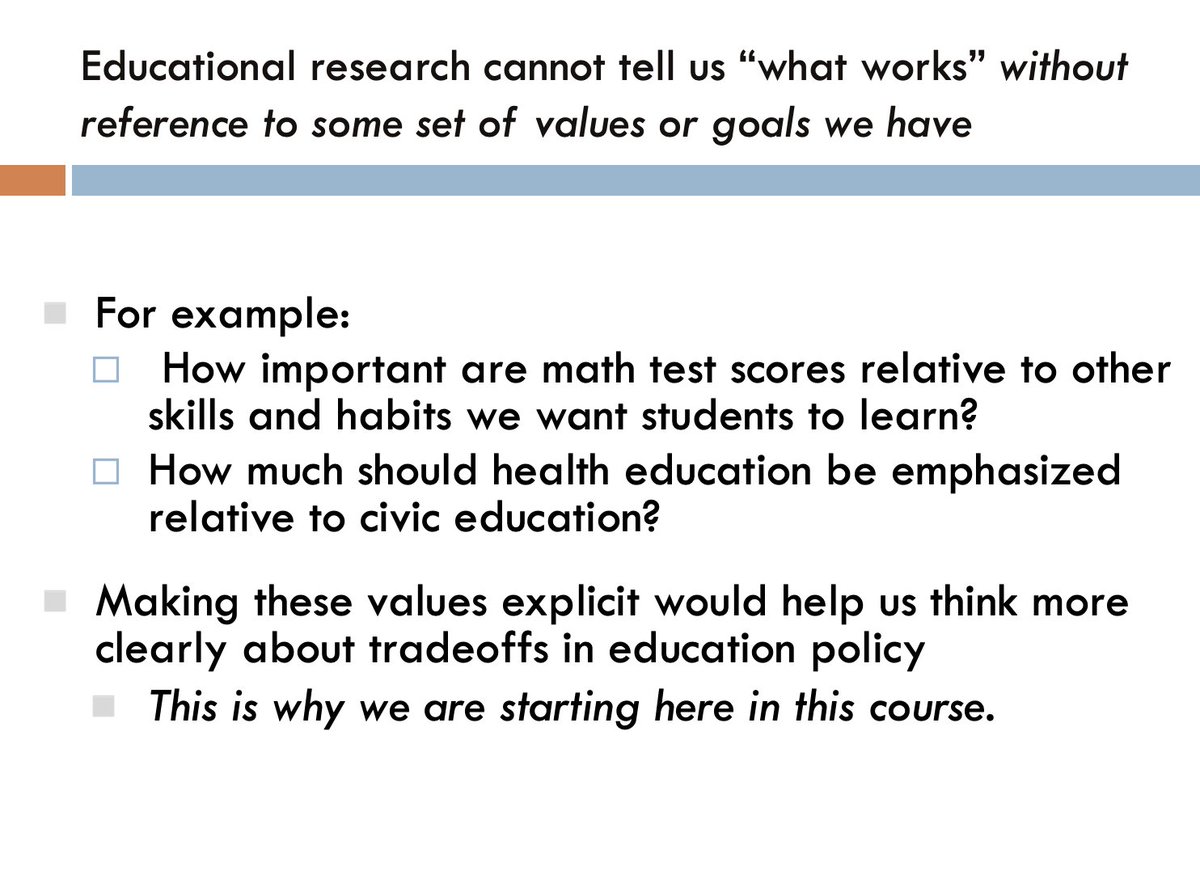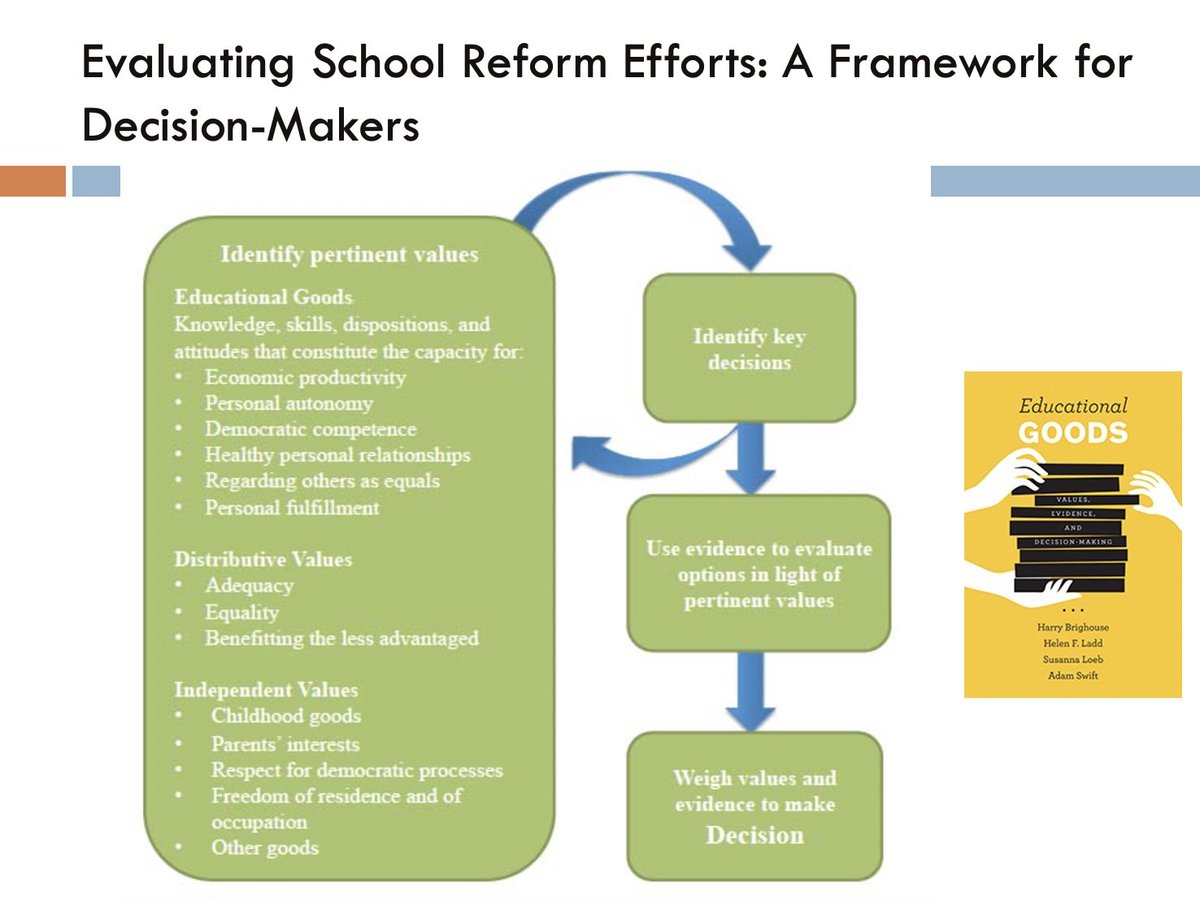
On the sound & fury of the school reopening debate: A thread in which I argue we are asking the wrong questions, and lay out the questions I wish we were asking. 1/
All parties deserve some empathy after this monstrous year. Parents are exhausted by uncertainty & the stops & starts of closing/re-opening. Women are carrying an impossible load, with long-term impacts for their careers & well-being. 2/
Kids are separated from teachers, peers, & services they need. Many have lost family members, or seen the toll Covid takes on those who do survive. And remote learning works better for kids who already have more resources (devices, connectivity, space). 3/
We've treated teachers like cannon fodder, & they are terrified for their health & that of their families. Saying they are safe with existing precautions is gaslighting. Finally, policymakers are not virus psychics, yet we blame them when they don't commit to reopening dates. 4/
The false dichotomy, “Schools are safe/schools are not safe,” is just that; this is a question of values that has to be considered in conjunction with “science.” We are trying to address multiple problems by reopening schools, & there are tradeoffs. 5/ 

Let's make our values explicit - see Educational Goods. Mine: 1) Death & long-term illness are irreversible; as @illanahorn put it, life loss is worse than learning loss 2) I reject utilitarianism, & believe in maximizing the welfare of the least advantaged (Rawls> Bentham) 6/ 

We have a responsibility to 3) Protect kids' physical & mental health, 4) Ensure parents can make ends meet, & flourish by participating in work they value, 5) Address major inequalities in kids’ ability to benefit from remote learning. 7/
Current take re. young children: School is an indoor activity, but universal weekly testing, ventilation, and PPE could make schools safe for the adults in them, or for the adults in the kids’ families (+kids). Asymp. kids transmit virus to each other & adults. 8/
Re. older kids, I'm deeply worried about the emerging literature on cardiac & autoimmune consequences (not MIS-C, but serious issues) & unknowns about new variants. We don't know enough yet, & new-variant land, IMHO, is the wrong time to experiment . 9/
So, where do we go from here? 1) To keep schools open for younger kids, we need massive investments in safety infrastructure, 2) We also need massive investments that increase resources for kids to participate remotely (devices/internet) 10/
3) We need alternate ways for families to access services like food, mental health, etc that aren’t school dependent., & 4) We need a less impoverished debate recognizing how difficult the choices are that we face, and one that avoids sweeping Science Says claims. 11/end
• • •
Missing some Tweet in this thread? You can try to
force a refresh


